
To what extent and for how long is a contractor or architect liable for any construction defects in a structure? Antonios Dimitracopoulos, legal consultant at the Dubai-based Al Tamimi & Company, examines the issue under UAE construction law.
Being aware of which UAE statutory provisions are mandatory is important for all the parties to a construction contract so that their respective intentions are not only reflected in the contract but also enforceable in law.
The purpose of this article is to examine the two main aspects of defects liability under UAE construction law - namely, the defects liability period and the limitation of contractor's liability for structural defects.
Deflects liability period
The defects liability period under UAE law is crucial to any party to a construction or designing contract primarily because of its decennial duration and its mandatory nature. The relevant provisions are set out in Article 880 and 881 of the UAE Civil Law.
Article 880 states that:
"1 If the subject matter of the contract is the construction of buildings or other fixed installation - the plans for which are made by an architect, to be carried out by the contractor under his supervision - they shall both be jointly liable for a period of 10 years to make compensation to the employer for any total or partial collapse of the building they have constructed or installation they have erected, and for any defect which threatens the stability or safety of the building, unless the contract specifies a longer period. The above shall apply unless the contracting parties intend that such installations should remain in place for a period of less than 10 years.
2 The said obligation to make compensation shall remain notwithstanding that the defect or collapse arises out of a defect in the land itself or that the employer consented to the construction of the defective buildings or installations.
3 The period of 10 years shall commence as from the time of delivery of the work.
There are three important aspects to note in respect of this provision:
An exception to the architect's/designer's joint liability is set out in Article 881 which states that:
"If the work of the architect is restricted to making the plans to the exclusion of supervising the execution, he shall be liable for defects in the plans."
In circumstances where it is clear that the architect's/designer's scope of work was limited to designing the drawings/plans for the structure in question and that no supervision of the execution and construction was included in its obligation, the architect/designer's liability will be limited to purely architectural/designing errors in the plans and any structural error would be the responsibility of the contractor.
Limitation of liability
The position with regard to limitation of liability reflects the provisions of the defects liability period of the UAE Civil Law, article 878 of which states that:
" The contractor shall be liable for any loss or damage resulting from his act or work whether arising through his wrongful act or default or not, but he shall not be liable if it arises out of an event which could not have been prevented."
The three major implications of this provision are as follows:
With regard to minor defects, the UAE legal position on limitation of contractor's liability is more flexible and allows all parties to engage in an enforceable contractual agreement reflecting their wishes. Article 882 of the UAE Civil Law states that:
" Any agreement the purport of which is to exempt the contractor or the architect from liability, or to limit such liability shall be void."
Although the above provision does not specify for which type of defects the contractor's liability is unlimited, in practice the parties cannot limit or contract out of defects liability provisions relating to major defects only. It is, however, possible to limit liability for defects that are minor and do not affect stability or safety of the structure.



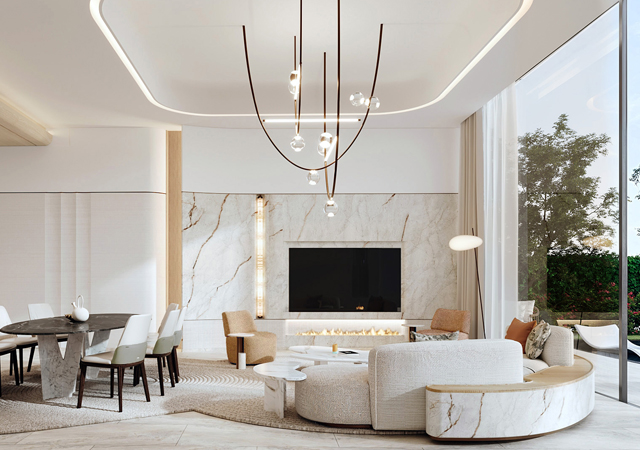


.jpg)


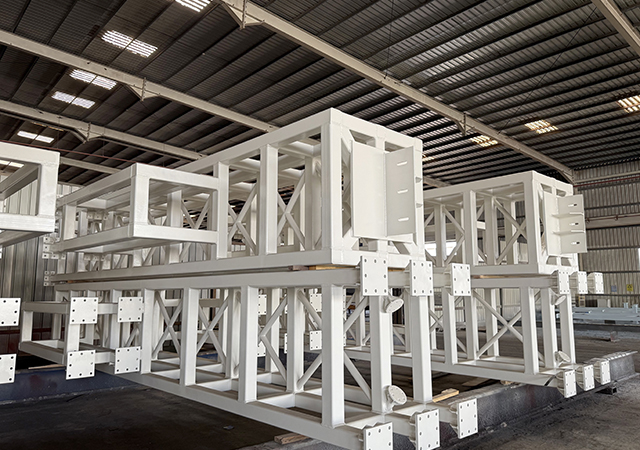




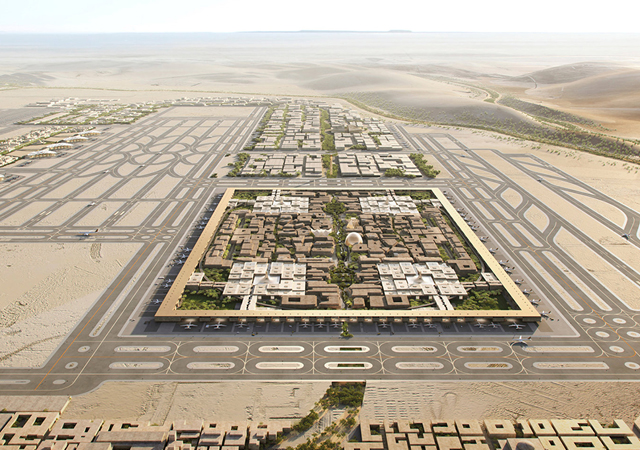

.jpg)






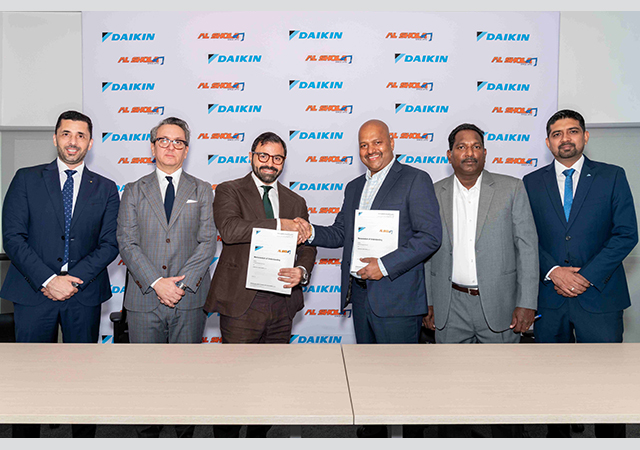

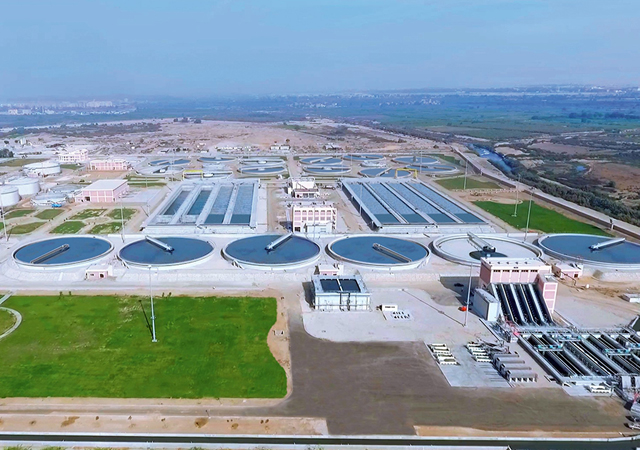
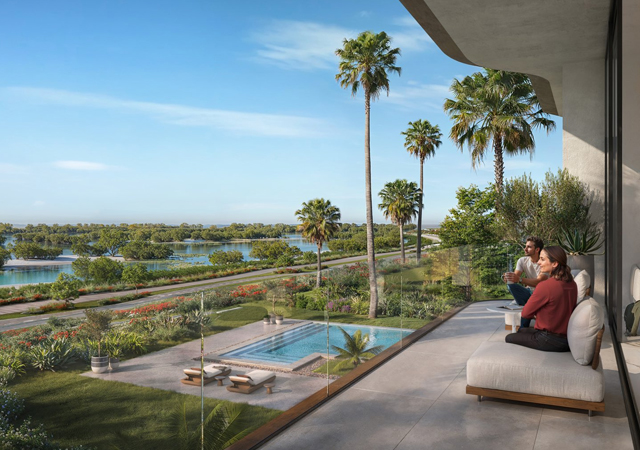
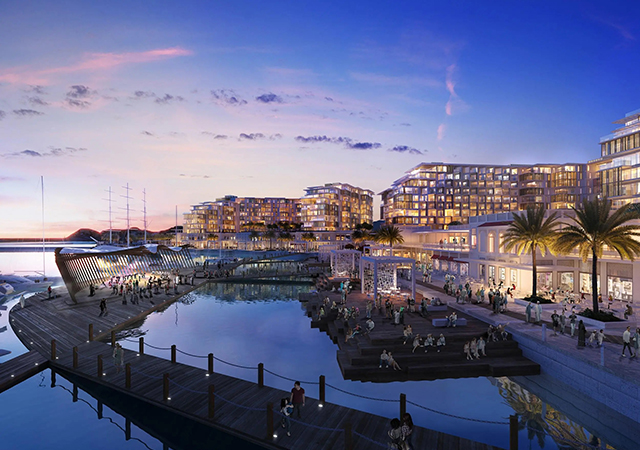

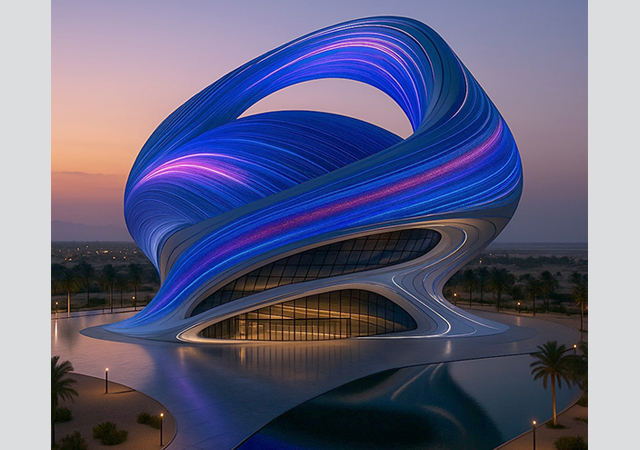



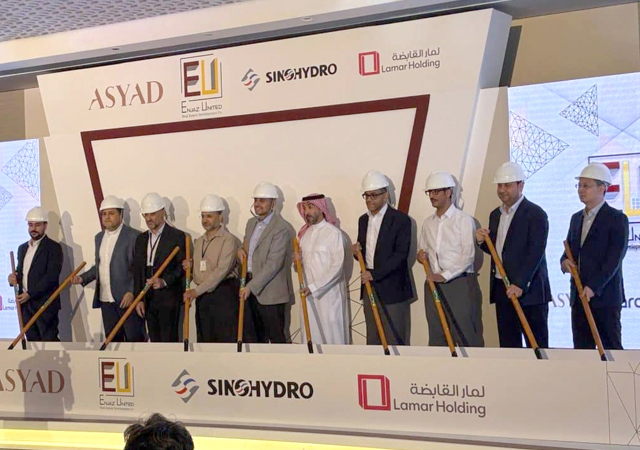

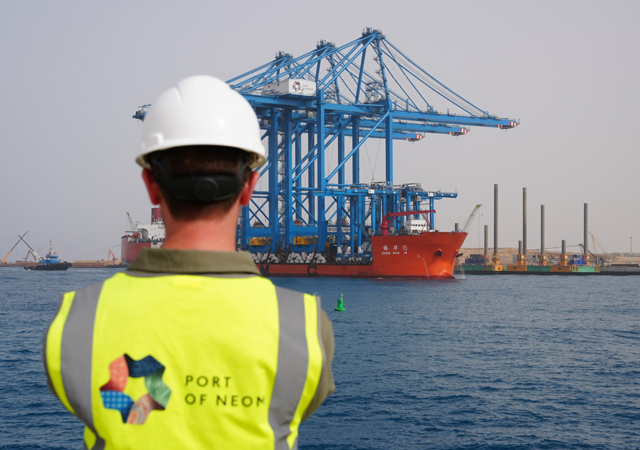

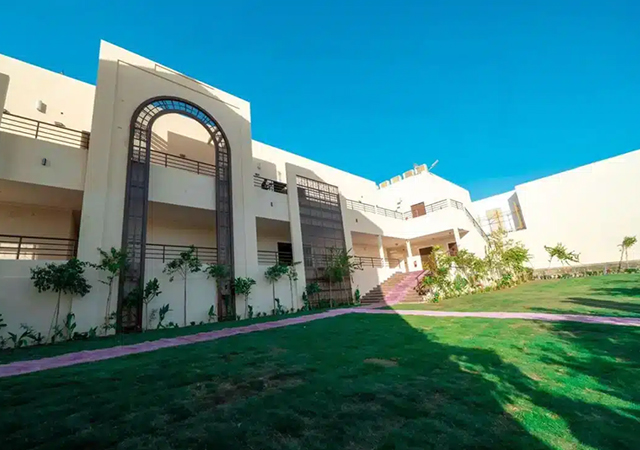





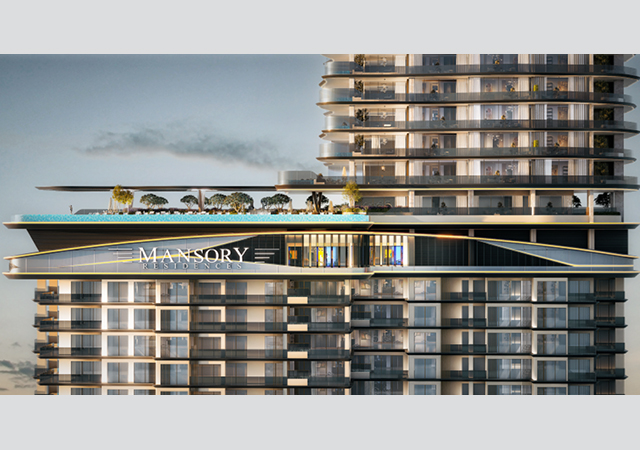
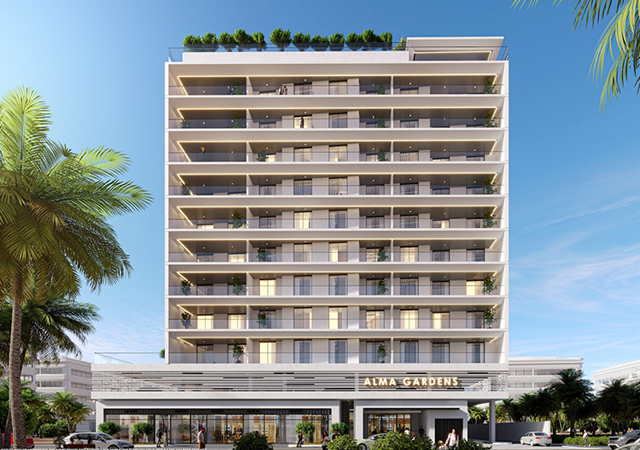

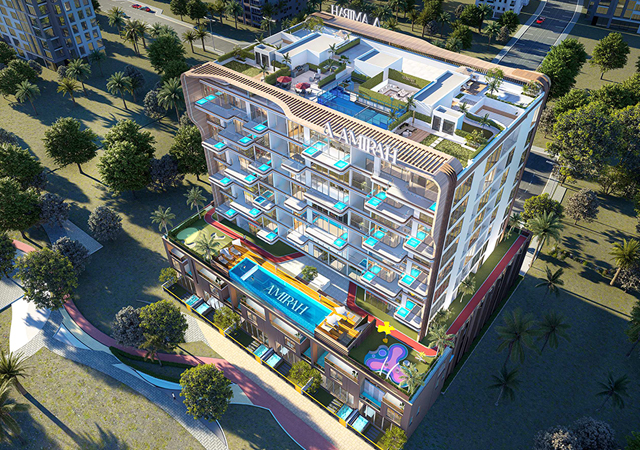

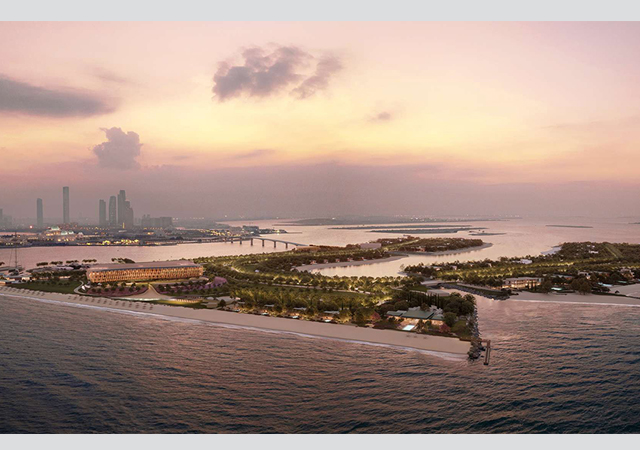
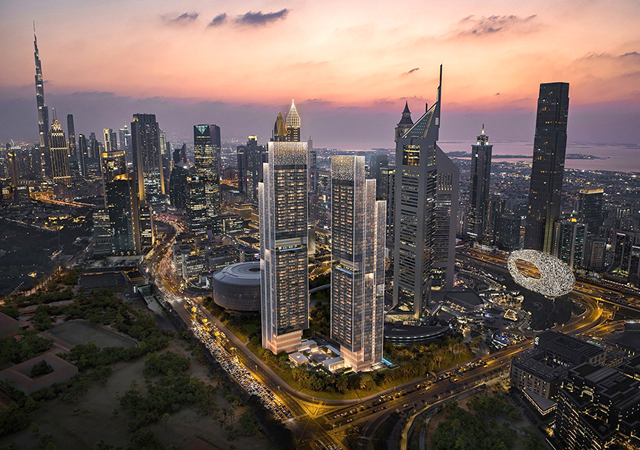
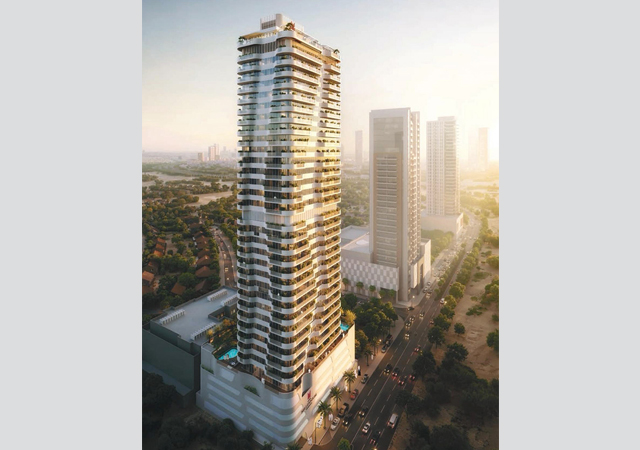


.jpg)



